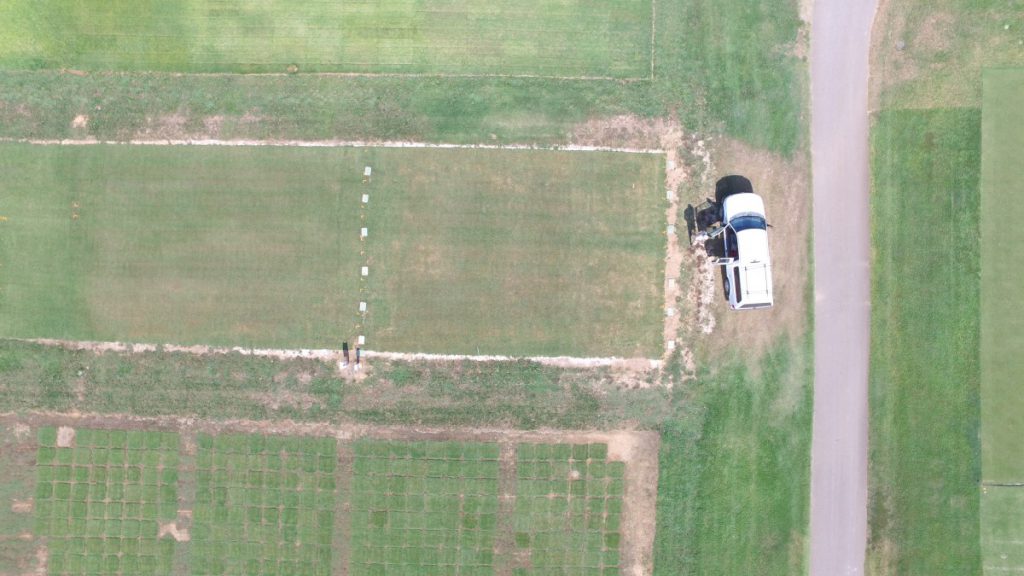Application of root demand irrigation approach on turfgrass (Seashore Paspalum)
Dr. Paul L. Raymer (University of Georgia), Dr. Viktor Tishchenko (University of Georgia)

Root Demand Irrigation (RDI) – innovative, low-pressure, energy-efficient, plant-driven subsurface irrigation. Porous subsurface tubes are used which serve as water reservoir releasing water in response to plant exudates when it’s needed. RDI is claiming to improve water-use efficiency by delivering water – and potentially nutrients – directly to the root zone. It uses low-pressure (about 2 psi or less) that requires less energy and allows to use natural flow (without pumping) from collected and stored water in uplifted containers. RDI requires minimal filtration and can use ground water, ponds, and canals as well as recycled or treated water without expensive treatment because water doesn’t reach the surface. Here, turfgrass subsoil irrigation is tested and optimized on the example of Cecil soils of the Piedmont plateau. RDI tubes installed at 12, 18, and 24 in. intervals and 6 and 12 in. depths (see the graph). Soil moisture is measured with Decagon soil moisture sensors (GS1) installed between lines at the depth of 3 in. together with water flow meter, solenoid valves and sensors are connected to a timer (Toro) and a data logger (Campbell Scientific, CR1000) to continuously track water use and plant response. Different subsurface irrigation timing and pressure modes together with installation spacing and depths are compared to conventional sprinkle irrigation.
Presented at the 2018 ASA & CSSA International Meeting
